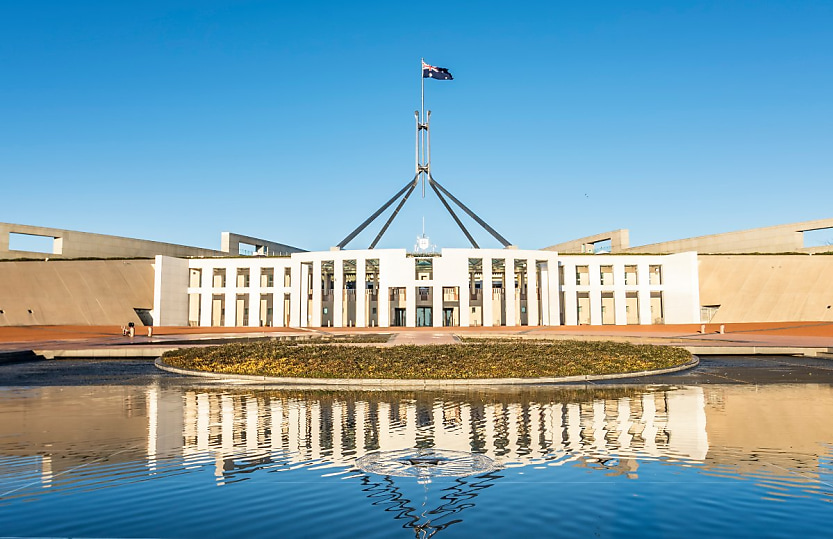Government releases revised amendments to thin capitalisation rules

Treasury has released an exposure draft on amendments to the thin capitalisation rules following changes recommended by the Senate Economics Legislation Committee.
The government yesterday released exposure draft amendments to the thin capitalisation rules following a report by the Senate Economics Legislation Committee calling for changes to a previous bill it introduced.
This measure strengthens Australia’s thin capitalisation rules in line with the Organisation for Economic Cooperation and Development (OECD)’s best practice guidance.
The government is seeking stakeholders’ views on the exposure draft parliamentary amendments and accompanying supplementary explanatory material amending the proposed legislation.
Commencement of amendments
The amendments will still commence at the start of the first quarter following Royal Assent and apply to assessments for income years beginning on or after 1 July 2023.
However, the debt deductions that relate to financial arrangements entered into before 22 June 2023 will be subject to a one-year grace period in relation to the debt deduction creation rules.
“The debt deduction creation rules apply in relation to all debt deductions for income years beginning on or after 1 July 2024, regardless of when the financial arrangements to which the debt deductions relate were entered into,” the Explanatory Memorandum stated.
Amendments to schedule 2 of the bill
The EM said that Parliamentary amendments to schedule 2 of the original bill will ensure that the thin capitalisation rules are appropriately targeted.
A new subsection, 820-47(4A), clarifies the ordering between a deemed choice under subsection 820-46(5) (third party debt test choice) and a choice under subsection 820-46(3) (group ratio test choice).
“In relation to a single income year, if a choice under subsection 820-46(5) is taken to have been made by the entity, the entity cannot subsequently make a choice under subsection 820- 46(3) and any choice previously made under subsection 820-46(3) by the entity is revoked and taken never to have been made,” the EM states.
The conditions for revoking certain choices under Subdivision 820-AA have also been changed.
“Revoking a choice no longer requires the particular entity that made the choice to always satisfy certain conditions,” it said
“However, the Commissioner must still be satisfied that it is fair and reasonable, having regard to matters the Commissioner considers relevant, to allow the entity to revoke the choice. Such matters may include whether the entity made the choice on a reasonable and genuine basis, and not as a part of aggressive tax planning.”
Paragraph 820-52(1)(c) of the bill requires entities to add the value of some of their deductions to their tax EBITDA calculation.
Two new deductions have been included under this paragraph in the revised exposure draft.
“Firstly, general deductions under section 8-1 that relate to forestry establishment and preparation costs. Secondly, deductions under section 70-120 (capital costs of acquiring trees),” the EM said.
“These changes enable plantation forestry entities to better apply the fixed ratio test, given their sector's unique harvesting timelines that results in long lead-times for earnings.”
The amendments also provide further clarification on how a corporate tax entity should calculation their EBITDA.
New provisions have also been added in section 820-52 to specifically cater for attribution managed investment trusts (AMITs).
“Subsections 820-52(6A) and (6B) make modifications to the calculation of tax EBITDA for AMITs and members of AMITs, respectively,” the EM said.
Amendments have also been made to Subdivision 820-EAB (third party debt test).
An interest rate swap cost that relates to multiple debt interests is generally now deductible under the third party debt test, to the extent subsection 820- 427A(2) is satisfied in relation to the cost.
“In conduit financer cases, an interest rate swap cost incurred by a borrower is generally now deductible under the third party debt test, to the extent subsection 820-427A(2) is satisfied in relation to the cost. Additionally, borrowers can recover these costs from other borrowers further down the ‘borrowing chain’,” it said.
“Additionally, minor amendments clarify that not every debt interest that a borrower issues is a ‘relevant debt interest’ and therefore subject to certain conditions.”
A new section in 820-31 also clarifies the ordering between Subdivision 820-EAA (debt deduction creation rules) and all other provisions in Division 820.
“An entity first works out if their debt deductions are disallowed under the debt deduction creation rules. To the extent their debt deductions are disallowed under those rules, the disallowed debt deductions are disregarded for the purposes of applying all other provisions in Division 820,” the EM said.
“The other provisions in Division 820 may further disallow the entity’s debt deductions.”
About the author
